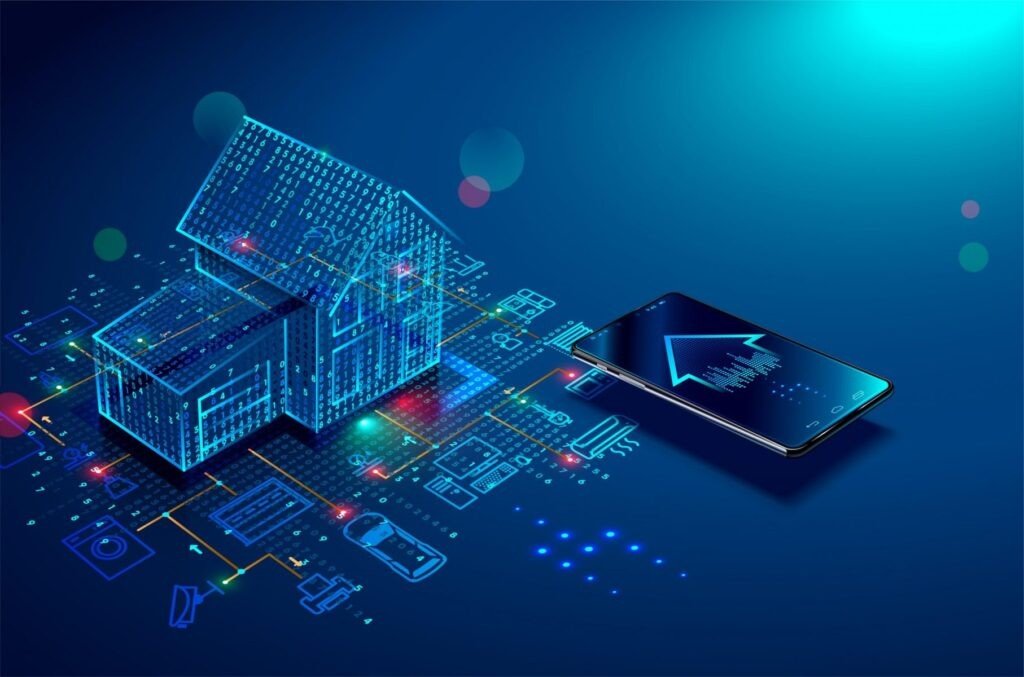Introduction:
The concept of a “smart home” has moved beyond the realm of science fiction and into our everyday lives. With advancements in technology and connectivity, our homes are becoming smarter, more efficient, and more convenient. From intelligent appliances to automated security systems, the smart home revolution is transforming the way we live. In this blog, we will explore the exciting world of smart homes, discussing the benefits, components, and future possibilities of this innovative trend.
Enhancing Convenience and Comfort:
One of the key advantages of a smart home is the convenience it brings to our daily lives. Connected devices and automation systems enable us to control and manage various aspects of our homes effortlessly. Whether it’s adjusting the thermostat, dimming the lights, or even brewing a cup of coffee, smart home technology allows us to streamline and customize our living environments to suit our preferences.
Connected Devices and Internet of Things (IoT):
At the heart of a smart home are connected devices that communicate with each other via the Internet of Things (IoT). These devices, ranging from smart thermostats and lighting systems to voice assistants and home security systems, are interconnected, allowing for seamless control and monitoring through smartphones or voice commands. The IoT ecosystem provides a foundation for intelligent automation and data-driven decision-making within the home.
Energy Efficiency and Sustainability:
Smart homes are designed to optimize energy consumption, leading to increased energy efficiency and sustainability. Smart thermostats can learn our preferences, adjusting the temperature based on occupancy and outside weather conditions. Energy monitoring systems provide real-time feedback on energy usage, enabling homeowners to make informed decisions and reduce their carbon footprint. Furthermore, smart lighting systems and appliances can be programmed to conserve energy when not in use.
Enhanced Security and Safety:
Smart home technology enhances the security and safety of our living spaces. From smart locks and video doorbells to motion sensors and surveillance cameras, homeowners can monitor their homes remotely and receive instant notifications of any suspicious activities. Integrated smoke detectors and leak sensors provide early warnings, helping prevent potential disasters. These features offer peace of mind and increased control over home security, even when away from home.
Voice Assistants and AI Integration:
Voice assistants, powered by artificial intelligence (AI), have become an integral part of smart homes. Devices such as Amazon Echo and Google Home enable voice-controlled operation of connected devices, access to information, and integration with other smart home systems. AI algorithms can learn our preferences, predict our needs, and personalize our home environments based on our habits and routines.
Future Possibilities:
The smart home revolution is still evolving, with endless possibilities on the horizon. As technology progresses, we can expect even greater integration and automation within our homes. Some future trends include:
- Smart Appliances: From refrigerators that can monitor and order groceries to washing machines that adjust water and detergent usage based on load size, smart appliances will continue to enhance convenience and efficiency.
- Health and Wellness: Smart homes can contribute to our health and well-being. Imagine homes equipped with AI-powered health monitoring systems, personalized fitness assistance, and even smart beds that optimize sleep conditions for better rest.
- Sustainability Integration: As the focus on sustainability grows, smart homes will further integrate renewable energy sources, smart grids, and energy storage solutions to reduce reliance on traditional power sources and maximize energy efficiency.
Seamless Integration and Interoperability: The future of smart homes lies in seamless integration and interoperability among devices and systems. Efforts are being made to establish common standards and protocols to ensure different brands and devices can work together seamlessly.
Conclusion:
The smart home revolution is reshaping the way we interact with our living spaces, offering increased convenience, energy efficiency, security, and customization. With connected devices, IoT integration, and artificial intelligence, we are witnessing a paradigm shift in home technology. As the technology continues to advance, smart homes will become even smarter, integrating health monitoring, sustainability features, and seamless interoperability. Embracing this revolution promises to transform our homes into intelligent, efficient, and personalized spaces, enhancing our daily lives in remarkable ways.

